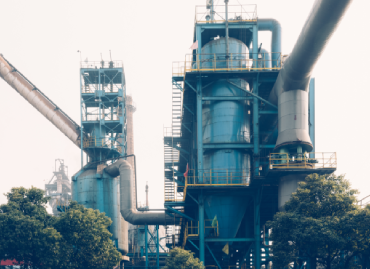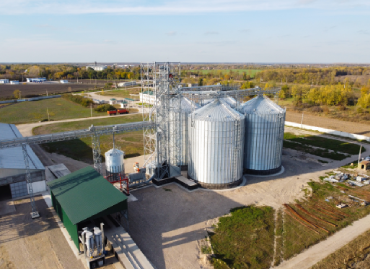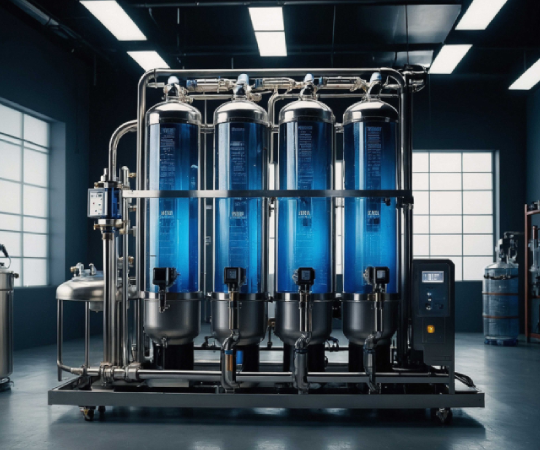- By Admin
- 12 Sep 2025
- ETP Plant
Complete Water and Wastewater Treatment Systems for Modern Electroplating Industries
Electroplating stands as one of the most vital processes in manufacturing, enhancing durability, aesthetics, and corrosion resistance across industries. From automotive parts to electronic components, water is the silent backbone of every stage—cleaning, rinsing, chemical baths, and cooling. Its purity directly influences the quality of plating, making water treatment indispensable. The demand for treated and consistent water becomes even more critical as industries scale and precision in coatings increases.
In regions like Maharashtra—particularly in industrial hubs such as Mumbai, Pune, Nashik, and Aurangabad—electroplating units have grown significantly. These industries not only contribute to the economy but also face increasing environmental scrutiny. With stricter wastewater regulations, the need for sustainable treatment solutions has never been more pressing.
"Water is both a resource and a responsibility in electroplating. Its purity defines the precision of coatings, while its treatment safeguards the planet. True progress in industry isn't measured only by production, but by how well we balance innovation, efficiency, and environmental stewardship for generations to come."
Wastewater Challenges in Electroplating
The electroplating process generates complex wastewater streams. Cleaning and degreasing release oils, grease, and detergents, while acid pickling introduces strong acids and dissolved metals. Rinsing after plating is particularly concerning, as it produces wastewater contaminated with heavy metals such as chromium, nickel, zinc, and copper, alongside cyanide compounds.
These waste streams are often classified as hazardous due to their chemical complexity. High COD, TDS, variable pH, and the presence of toxic and non-biodegradable compounds demand advanced treatment solutions. Cyanide-bearing effluents, in particular, require specialized processes such as alkaline chlorination to neutralize toxicity before further treatment. Without proper handling, untreated discharge poses long-term risks to ecosystems, groundwater, and community health.


Effluent Treatment Solutions for Sustainability
Effluent Treatment Plants (ETPs) form the cornerstone of wastewater management in electroplating industries. The process typically begins with pH correction and chemical precipitation to remove heavy metals, followed by coagulation and flocculation to settle suspended solids. Filtration through sand beds or activated carbon further polishes the effluent, reducing organic and inorganic contaminants.
For industries dealing with cyanide and other toxic chemicals, specialized treatment modules ensure complete neutralization. Biological treatment is also employed to degrade biodegradable compounds, while sludge dewatering and safe disposal prevent secondary pollution. In many cases, treated water achieves standards suitable for reuse, reducing dependence on fresh water sources.
Advanced Treatment Technologies for Electroplating
Modern electroplating industries are moving beyond basic treatment, embracing advanced systems like Reverse Osmosis (RO), Membrane Bioreactors (MBR), and Zero Liquid Discharge (ZLD). RO plays a critical role in reclaiming purified water, significantly lowering operational costs and freshwater dependency. MBRs, when combined with biological treatment, offer superior performance for complex effluents.
ZLD systems are increasingly preferred in regions with strict regulatory norms. By ensuring that no liquid waste leaves the facility, ZLD not only guarantees compliance but also supports industries in their sustainability goals. Integration of automation and real-time monitoring further enhances efficiency, reducing human error and ensuring consistent operation.
Tailored Solutions for Electroplating Units
Every electroplating facility has unique challenges based on scale, processes, and chemical usage. That is why tailored water treatment systems are essential. From designing compact ETPs for small units to implementing fully automated ZLD systems for large plants, customized solutions ensure cost-effectiveness and compliance.
Beyond installation, ongoing support in chemical dosing, sludge handling, and system automation is crucial for long-term performance. Experienced technical teams play a pivotal role in helping industries upgrade outdated systems and adopt sustainable practices. These services not only help industries meet environmental standards but also minimize operational risks and improve profitability through resource recovery.
Towards a Greener Industrial Future
Water management in electroplating is no longer a choice—it is a necessity. As environmental regulations tighten and community awareness grows, industries that embrace sustainable treatment practices gain a competitive advantage. Efficient water reuse, reduced chemical footprints, and automation-driven efficiency pave the way for greener industrial growth.
By investing in advanced STPs, ETPs, WTPs, RO, and WWTP systems, electroplating industries can align profitability with responsibility. This balance is the key to ensuring the long-term sustainability of the sector while safeguarding the environment.
Summary And Conclusion
Electroplating industries are at a critical crossroads where growth must align with sustainability. Water remains central to both production quality and environmental responsibility. With rising regulatory pressures and environmental challenges, industries must adopt advanced wastewater treatment solutions such as ETPs, RO, MBR, and ZLD. Tailored systems ensure compliance, efficiency, and long-term savings while protecting ecosystems. By integrating sustainable water practices, electroplating units not only secure their future but also contribute to a greener industrial landscape. The journey toward zero discharge and resource recovery is no longer optional—it is the path forward for responsible industrial progress.































































